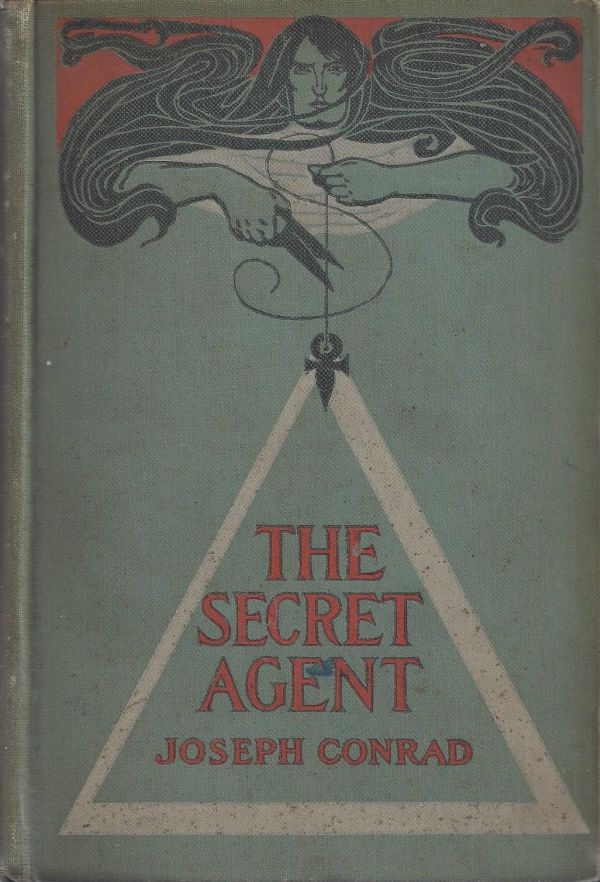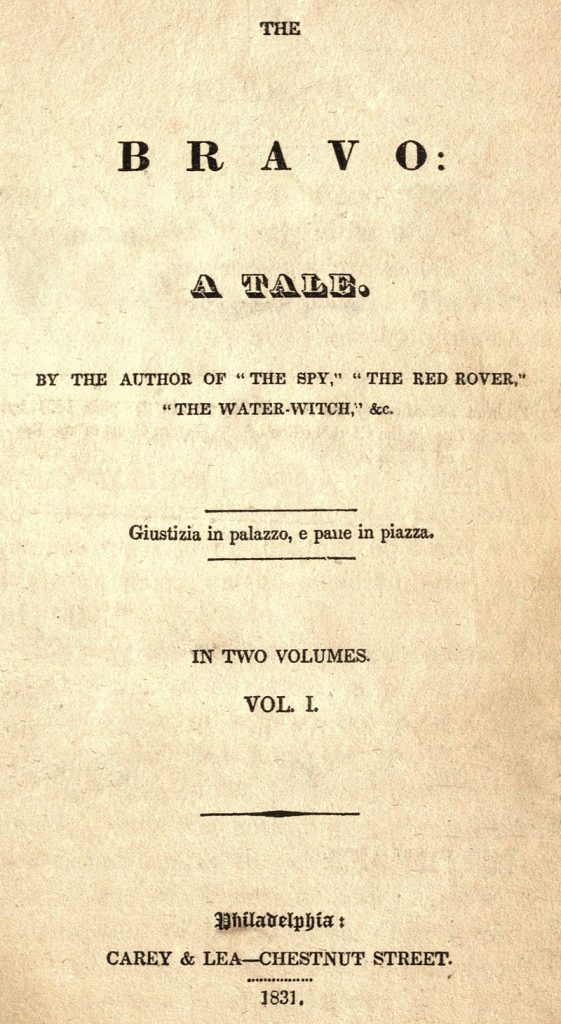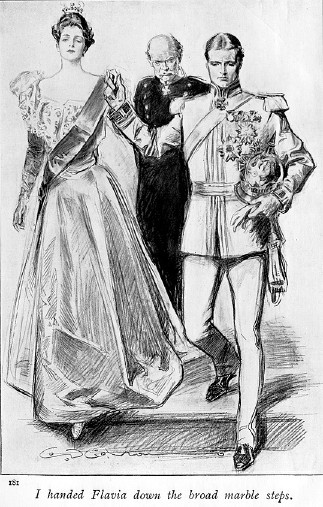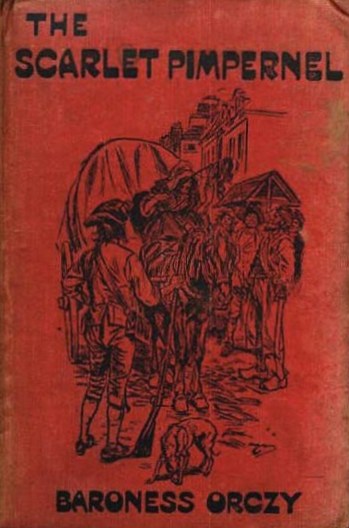
The books that made spies popular all around the world
Every spy fiction lover knows about James Bond, George Smiley, Harry Palmer and other favorite heroes of the worldwide popular genre. Writers like Ian Fleming, John Le Carre and Len Deighton made these characters the favorites of readers. But, a long time ago, much before the Cold War, the spies were usually seen as sneaky villains. However, things change in the 19th and especially the early 20th century when the spy was not seen as being creepy and evil anymore, but as noble man who saves the world or believes in a certain cause. The following books prove that theory very easily.

The Bravo and the Ruthless Oligarchy
Although the Book of Joshua or the story of Samson and Delilah are probably one of the first spy stories in the world, this genre emerged in the early 1830s. One of the most interesting spy stories from that period is “The Bravo: A Tale” by James Fenimore Cooper. “The Bravo” is a story about a bravo– mysterious underworld agent working for the Venetian nobility. Gino Monaldi, a gondolier, needs to deliver a packet in secrecy to Jacopo, notorious bravo. When he mistakes another person for Jacopo, the adventure begins, And a fight against the ruthless oligarchy under the mask of “serene republic.”

A Noble Impostor
“The Prisoner of Zenda” is a 1894 adventure novel written by Anthony Hope. The plot is set in the fictional country of Ruritania. On the eve of his coronation, the soon-to-be King Rudolf V is drugged, abducted and imprisoned in a castle in the small town of Zenda. Very soon the story reveals the plots and counterplots by the whole circle around Rudolf. Desperately seeking to deny Rudolf the right to the throne, his sneaky enemies hire an impostor and English visitor, Rudolf Rassendyll, to impersonate the king for the coronation. But, very soon, Rassendyll, a noble man, takes over control…
A Mystery in the Baltic Sea
An extremely influential spy novel in the early 20th century was “The Riddle of the Sands: A Record of Secret Service” by Erskine Childers. The book, published in 1903, introduced some elements that John Buchan, Ian Fleming and John Le Carré will later use in their own stories. A minor official in The Foreign Office is contacted by an acquaintance to spend a yachting holiday on the Baltic Sea. When he arrives, he quickly learns that something strange is happening, involving his acquaintance, a mysterious German businessman, a love affairs and other adventures.

A Silly Fop is Actually a Quick-Thinking Mastermind
Maybe one of the most famous early adventure spy novels is “The Scarlet Pimpernel” by Baroness Emma Orczy, published in 1905. The plot is set during the Reign of Terror, after the outbreak of the French Revolution. In public, Sir Percy Blakeney is nothing more than a common English fashion-monger. No one, except a few of his accomplices know about his secret identity – the quick-thinking and daring mastermind who rescues the aristocrats from the guillotine in revolutionary France. A man with the symbol of a flower was just the beginning. A premise of the daring hero with a secret identity will become very popular in the following years.
A Dark Study of Terrorism and Anarchism
“The Secret Agent: A Simple Tale” by Joseph Conrad, published in 1907, is one of the earliest novels that examines terrorism and anarchism. The plot is set in London in 1866 and tells the story of Adolf Verloc who works as a spy in an unnamed country, presumably Russia. Verloc is also a businessman and owns a shop in Soho, London. He has been employed by an unnamed embassy to spy on revolutionary groups and later perform a terrorist act against the Greenwich Observatory. Although the characters and themes are dark, the novel has a significant place in the history of literature because of its study of terrorism and anarchism that will shape other stories examining this theme in the years to come.
Red Menace
During the first World War, the major theme of spy stories was “the clash of civilizations.” Therefore, the spy novels of that period usually describe the conflict between Western civilization and barbarism. In the Inter-war period, spy novels weren’t so popular, but one of the major themes became the “Red Menace,” a term that will gain huge popularity in fiction created during the Cold War and after World War II which made spy fiction popular again.
Ivana Tucak